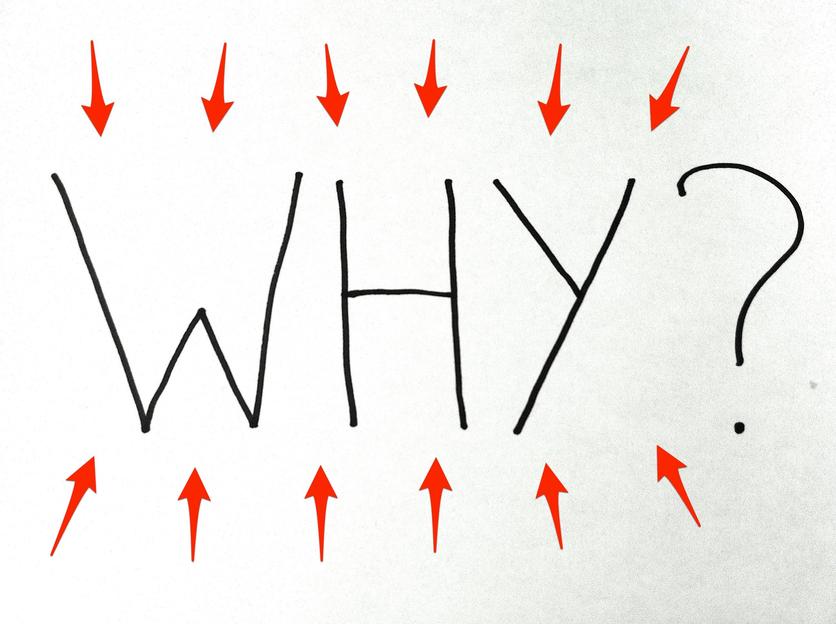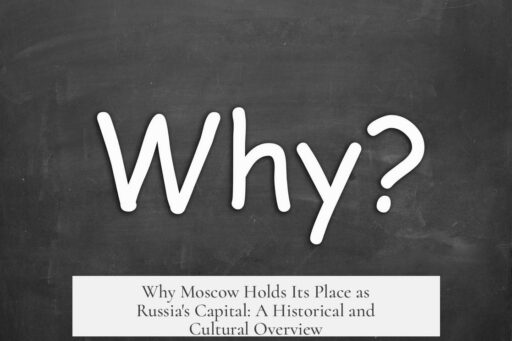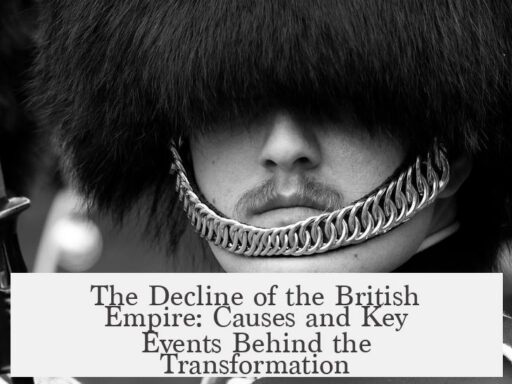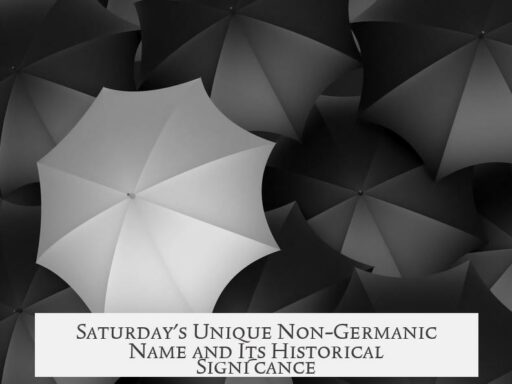The capital of Russia is Moscow because of its historical origins, strategic location, cultural importance, demographic dominance, and developed infrastructure that make it the natural center of the country’s political and administrative life.

Moscow’s role as the capital stems from its roots as the center of the Grand Duchy of Moscow (Muscovy), which formed the foundation of the modern Russian state. This principality descended from the earlier Kievan Rus’ and gradually expanded by absorbing neighboring lands. As a result, Moscow became the nucleus around which Russia took shape. Its establishment as a political and military power base dates back centuries, creating deep historical ties to governance and statehood that persist today.
Although St. Petersburg served as the capital from the early 18th century until 1918, the city’s relatively recent founding in 1703 meant it lacked the historical depth Moscow possessed. Peter the Great built St. Petersburg near the Baltic Sea to foster European connections and modernization, but it remained vulnerable, positioned near borders and exposed to potential invasions.

Despite losing the political capital status during much of that time, Moscow retained its spiritual and cultural prominence. It continued as a major religious center through the Russian Orthodox Church. The Kremlin remained a key ceremonial site for coronations and state events. Moscow’s role as Russia’s cultural heart endured even while St. Petersburg was the administrative capital.
The Bolsheviks’ decision to move the capital back to Moscow in 1918 was influenced by strategic and military concerns. With advancing German forces threatening Petrograd (the name for St. Petersburg at the time), Moscow’s location further inland provided greater security. This interior position shielded the government from immediate external threats, making it a safer capital during volatile times.

Demographically, Moscow outpaced St. Petersburg in growth and development throughout the 20th century. According to the 1989 Soviet census, Moscow had nearly 9 million residents, far surpassing St. Petersburg’s 5 million. Soviet policies favored Moscow’s development as the primary urban center, economy hub, and capital city. St. Petersburg became a respected but secondary city, similar in status to capitals of Soviet republics rather than the national capital.
Infrastructure networks also revolve around Moscow. The city lies at the center of Russia’s transportation grid with major highways, railroads, and electric power lines radiating from it. This centralization allows efficient governance and distribution of resources, reinforcing Moscow’s role as the country’s primary administrative hub. Its accessibility and connectivity exceed those of any other Russian city.

Attempts to shift the capital back to St. Petersburg have not gained traction. Despite political leaders, including President Vladimir Putin, having ties to St. Petersburg, the city’s peripheral location near borders and smaller population make moving the capital impractical. Strategic vulnerability and Moscow’s established dominance in population size, infrastructure, and political importance maintain the city’s status as the capital.
| Factor | Explanation |
|---|---|
| Historical Foundations | Moscow grew from the Grand Duchy of Moscow, the base of modern Russia |
| St. Petersburg’s Role | Newer city, served as capital but was more exposed and less established |
| Cultural Significance | Moscow remained spiritual and cultural center during St. Petersburg’s capital period |
| Strategic Location | Moscow’s interior position offers security from external threats |
| Demographics | Largest city in Russia, significant population and urban development |
| Infrastructure | Major transport and power networks centered on Moscow |
| Lack of Capital Move | No serious proposals due to security and logistical concerns |
These factors together explain why Moscow is Russia’s capital. It has a centuries-long legacy as a political center. Its strategic location makes it safer and better connected. Its demographic and economic dominance support governing functions. St. Petersburg’s history as a capital remains important but secondary to Moscow’s enduring centrality.

- Moscow’s historical roots link it to modern Russia’s foundation.
- St. Petersburg served as the capital but lacked Moscow’s deep legacy and security.
- Moscow holds strong spiritual and cultural significance.
- Its geographic position provides strategic defense advantages.
- Moscow’s population and urban growth surpass other Russian cities.
- Transport and infrastructure networks are designed around Moscow.
- No significant moves aim to relocate the capital back to St. Petersburg.
Why is the Capital of Russia Moscow? Unraveling the Story Behind the City That Rules the Heart of the Nation
Moscow is the capital of Russia because it serves as the historical, spiritual, cultural, strategic, and infrastructural heart of the country, anchoring the vast Russian state in ways that no other city can. That’s the quick answer, but the full tale involves centuries of history, daring politics, geography, and even a dash of church power.
Ready to stroll through Russia’s vibrant history and find out what really makes Moscow tick as the capital? Let’s dive in!
The Roots of Moscow: From Humble Beginnings to Grand Duchy Powerhouse
Imagine a time when Russia was a patchwork of principalities. The Grand Duchy of Moscow, often called Muscovy, started as one of these regions. Born from the older Kievan Rus’, Muscovy grew steadily, eventually absorbing its parent territory, Vladimir-Suzdal. This wasn’t just a local victory; it laid the foundation for the entire modern Russian state.
So, why Moscow? This city was the cradle where Russian identity and governance began to coalesce. Its rise wasn’t overnight but built on firm political and territorial grounding. This deep-rooted history is key to why Moscow remains the capital.
St. Petersburg: The ‘New Kid’ on the Capital Block
Fast forward to 1703, when St. Petersburg popped up on the map. Founded by Peter the Great, it quickly gained status as the capital, despite early days spent among log cabins and mud. It served as the capital off and on from 1704 until 1918.
But here’s the catch: St. Petersburg’s location near Russia’s western border made it vulnerable. Its youth as a city and proximity to potential invasions weakened its position as a long-term political center.
Meanwhile, Moscow quietly held on to its role as the cultural and spiritual heart. The Kremlin’s palaces hosted ceremonies and coronations. The Russian Orthodox Church maintained a major presence there, with the Metropolitan of Moscow being a prominent figure, especially after the rest of the church went through upheaval under Peter the Great and then restored its Patriarchate in Moscow by 1918.
Spiritual and Cultural Anchors: Moscow’s Enduring Allure
Think of Moscow as the nation’s emotional core. Even when St. Petersburg ruled politically, Moscow was the soul of Russia — the city of traditions, faith, and culture. The Kremlin wasn’t just a fortress; it was the stage for national rituals and spiritual leadership.
This interplay between political might and spiritual weight keeps Moscow’s status unique. You can’t just move such deep symbolism to another city overnight.
Strategic Sense: Why Interior Location Matters
Think of Moscow as the fortress from the inside out. When the Bolsheviks retreated during the German advance in World War I, they didn’t choose a city on the edge like St. Petersburg (then Petrograd). Instead, they went deeper inland to Moscow.
This move made strategic sense — Moscow’s location offers protection and buffer from invasions. It’s a city centrally placed within Russia’s massive landmass, unlike St. Petersburg, which sits dangerously close to Europe’s front lines.
Demographics and Development: The Power of Population
Population tells a story too. According to the 1989 Soviet census, Moscow housed nearly 9 million people, far outstripping Leningrad’s (St. Petersburg’s Soviet name) 5 million residents. This massive population concentration made Moscow the obvious center for governance, economics, and national life.
Soviet planners amplified this trend by prioritizing Moscow’s development with extensive infrastructure, ensuring it was more than just a seat of government—it became a sprawling metropolitan titan.
Infrastructure: The Network That Connects Russia
“All roads lead to Moscow” isn’t just a saying; it’s reality. Moscow sits at the hub of Russia’s railways, highways, and electricity grids. This connectivity makes it the natural center for the vast and diverse Russian Federation.
Imagine trying to run a country where the capital isn’t the easiest place to reach. Moscow’s infrastructure makes administration efficient, unified, and realistic.
Why Not Move Back? No Serious Plans for St. Petersburg
You might wonder why, after all this time, the capital hasn’t shifted back to St. Petersburg. The answer lies in strategic vulnerabilities and development disparities. Even Russia’s current leaders from St. Petersburg don’t push to make it the capital again.
St. Petersburg remains vital—a beautiful cultural hub and important city—but it simply can’t compete with Moscow’s deep history, strategic advantage, infrastructure, and population.
Summing Up: Moscow’s Unshakable Claim as Russia’s Capital
- Historical roots trace Moscow to the origins of Russian statehood.
- St. Petersburg was a political experiment that ended largely due to geography and vulnerability.
- Moscow’s spiritual and cultural weight anchors its national identity.
- Strategic location guards it against foreign threats.
- Massive population and infrastructure make it Russia’s beating heart.
- No serious political push exists today to relocate the capital elsewhere.
So, the next time someone asks, “Why is the capital of Russia Moscow?” you’ll know it’s not just a simple answer. It’s a rich tapestry woven from history, culture, defense, and practicality. Moscow isn’t just a capital—it’s Russia’s enduring epicenter.




